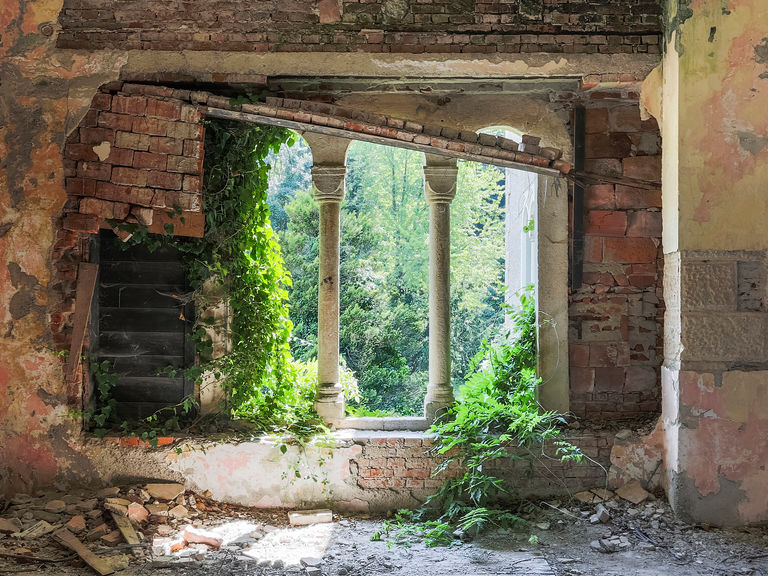Project Detail: Naturalia: Chronicle of Contemporary Ruins
Contest:
Wildlife and Nature 2020
Brand:
LuganoPhotoDays
Author:
Jonathan Jimenez aka Jonk
Status:
Finalist
Project Info
Naturalia: Chronicle of Contemporary Ruins
Naturalia: Chronicle of Contemporary Ruins asks a fundamental question: that of the place of Man on Earth and his relationship with Nature. Far from being pessimistic, and at a time when Man’s domination of Nature has never been so extreme, it aims to wake our consciousness.
As a child, I saw a wildlife documentary that marked my life. It focused on the melting of the ice caps and its consequences on polar bears’ life. I still remember this bear that struggled to swim and find a piece of ice floe. It seems that "children are like wet cement. Whatever falls on them makes an impression." (Dr Haim Ginott). This vision marked me so much that during all my childhood, every time any of my parents did anything that seemed bad for the environment, it told them this sentence: «Watch out, you kill the bears!!”
This ecological consciousness, that moves me since my youngest age, has little by little focused my interest on abandoned places reclaimed by Nature. She is stronger, and whatever happens to Man, She will always be there.
Moreover, Naturalia: Chronicle of Contemporary Ruins asks a fundamental question: that of the place of Man on Earth and his relationship with Nature. Far from being pessimistic, and at a time when Man’s domination of Nature has never been so extreme, it aims to wake our consciousness.
Man builds, Man abandons. Every time for his own peculiar reasons. Nature does not care about those reasons. But one thing is for sure, when Man leaves, She comes back and She takes back everything.
In his poem Eternity of Nature, brevity of Man, Alphonse de Lamartine writes “Triumph, immortal Nature! / Whose hand full of days / Lends unlimited strengths / Times that always rise again!” In her inexorable progression, She starts reclaiming the outsides of an Italian villa before infiltrating the insides of a Croatian castle (Picture 1) or a Belgian greenhouse (4). Then, She grows in the atrium of a Polish palace (6), in a Hungarian train station (7) or a Cuban theater (9) before invading a Montenegrin castle (13). Then, She guzzles the cross of a Belgian monastery (17) or given more time, imprisons a Taiwanese mansion with her strong roots (20).
The next steps? Collapse and burial.
French poet Léo Ferré said “With Time goes, everything goes”. So, when Nature and Time will have taken back what Man abandons, what will be left of our civilization?


















